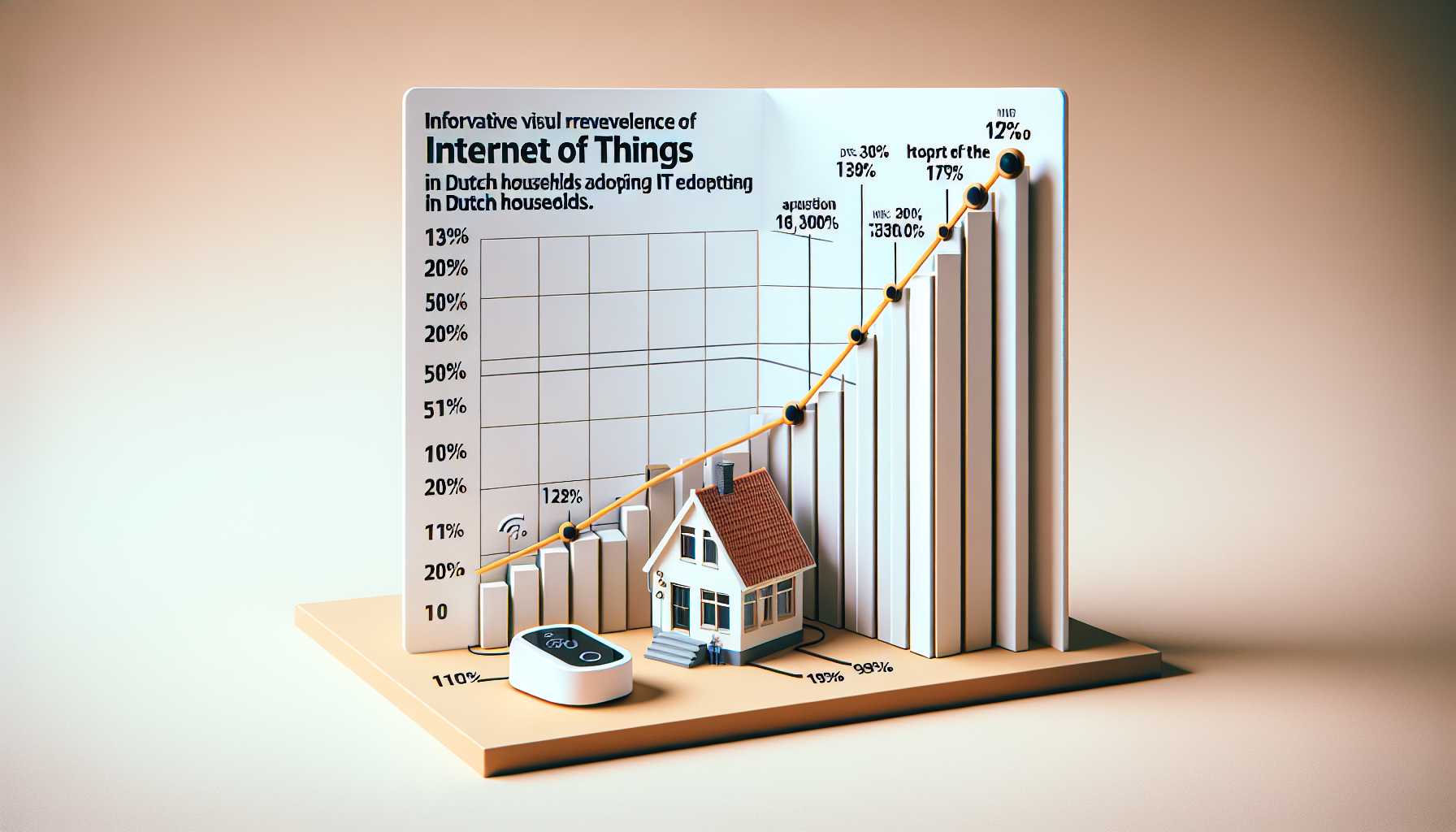The Rise of IoT in Dutch Households: A Comprehensive Guide
This comprehensive guide explores the increasing adoption of Internet of Things (IoT) devices in Dutch households.
Current Penetration Rate
As of 2023, the penetration rate of IoT devices in Dutch households is estimated to be around 55%. This translates to over half of all Dutch households owning at least one connected device, a number projected to rise steadily in the coming years.
Factors Driving Growth
Several factors are fueling the growth of IoT adoption in the Netherlands:
- Strong digital infrastructure: The Netherlands boasts a well-developed digital infrastructure, with high-speed internet access readily available to most households. This facilitates the seamless connection of devices to the internet.
- Government support: The Dutch government has actively supported IoT development, providing funding and resources to encourage innovation within the sector.
- Consumer demand: Dutch consumers are increasingly drawn to connected devices that offer convenience and simplify their lives.
Most Popular IoT Devices
The most popular IoT devices in Dutch households include:
- Smartphones: Nearly all Dutch adults own a smartphone, often used to control other IoT devices.
- Smart TVs: Smart TVs are gaining popularity, allowing users to stream content and access apps.
- Smart speakers: Smart speakers, such as Google Home and Amazon Echo, are used to control other devices and access information.
- Smart thermostats: Smart thermostats contribute to energy savings by automatically adjusting the home’s temperature.
- Security systems: Smart security systems provide peace of mind by monitoring the home for intruders.
Benefits of IoT Adoption
Embracing IoT devices in the home offers numerous benefits, including:
- Convenience: IoT devices automate tasks and provide remote control of devices, simplifying daily life.
- Energy savings: Smart thermostats and other devices can help reduce energy consumption.
- Security: Smart security systems offer protection against intruders.
- Entertainment: Smart TVs and other devices provide access to a wide range of entertainment options.
Challenges of IoT Adoption
While IoT adoption offers numerous advantages, it also presents some challenges:
- Security concerns: IoT devices can be vulnerable to hacking, highlighting the importance of security measures.
- Privacy concerns: IoT devices collect user data, emphasizing the need for awareness regarding data usage.
- Compatibility issues: Not all IoT devices are compatible with each other, necessitating careful selection to ensure seamless integration.
Conclusion
The penetration rate of IoT devices in Dutch households is high and is expected to continue its upward trajectory in the coming years. This growth is driven by a combination of factors, including robust digital infrastructure, government support, and consumer demand.
This comprehensive guide provides valuable insights into the growing adoption of IoT devices in Dutch households, highlighting the benefits, challenges, and driving forces behind this trend.

